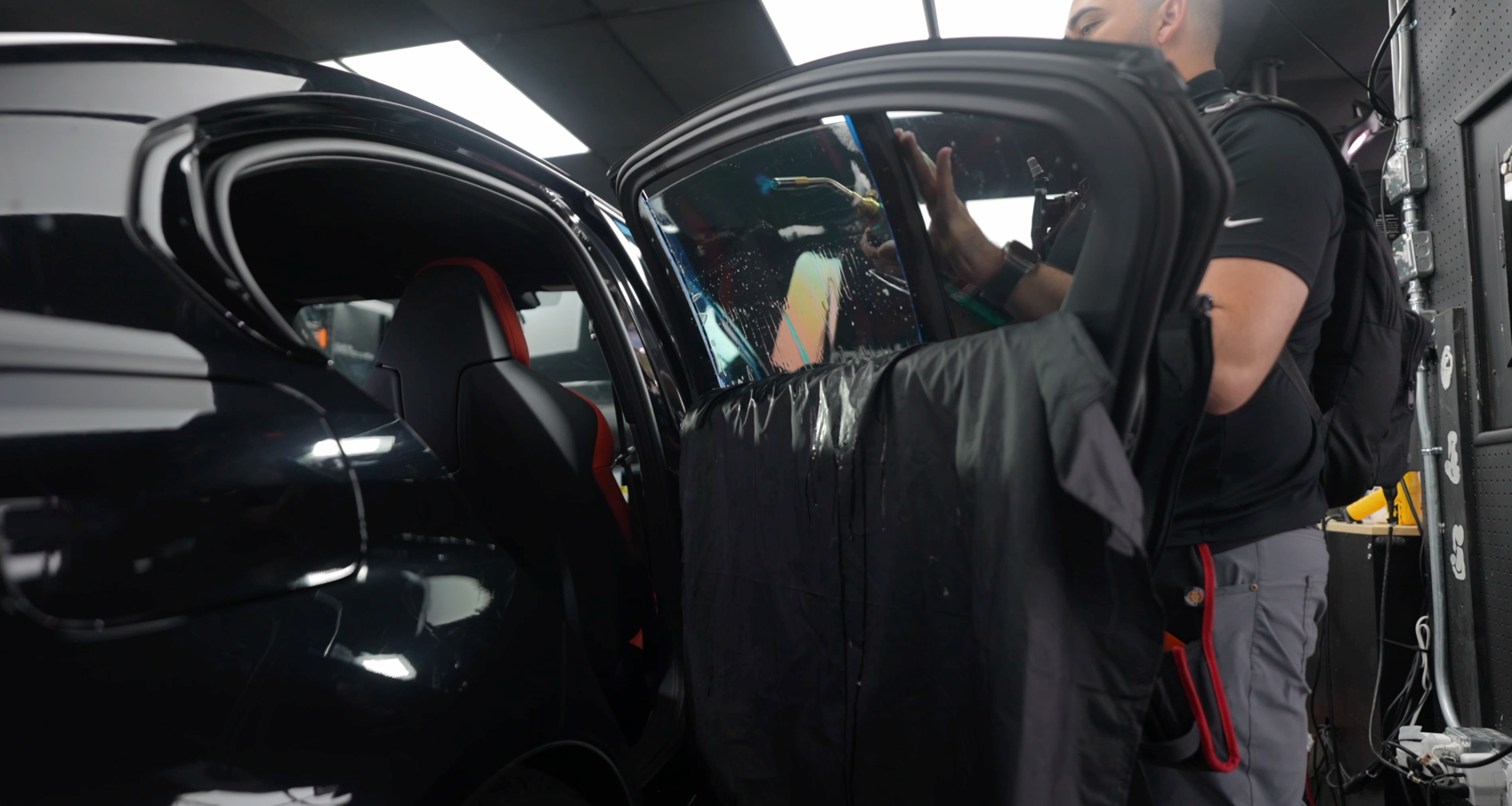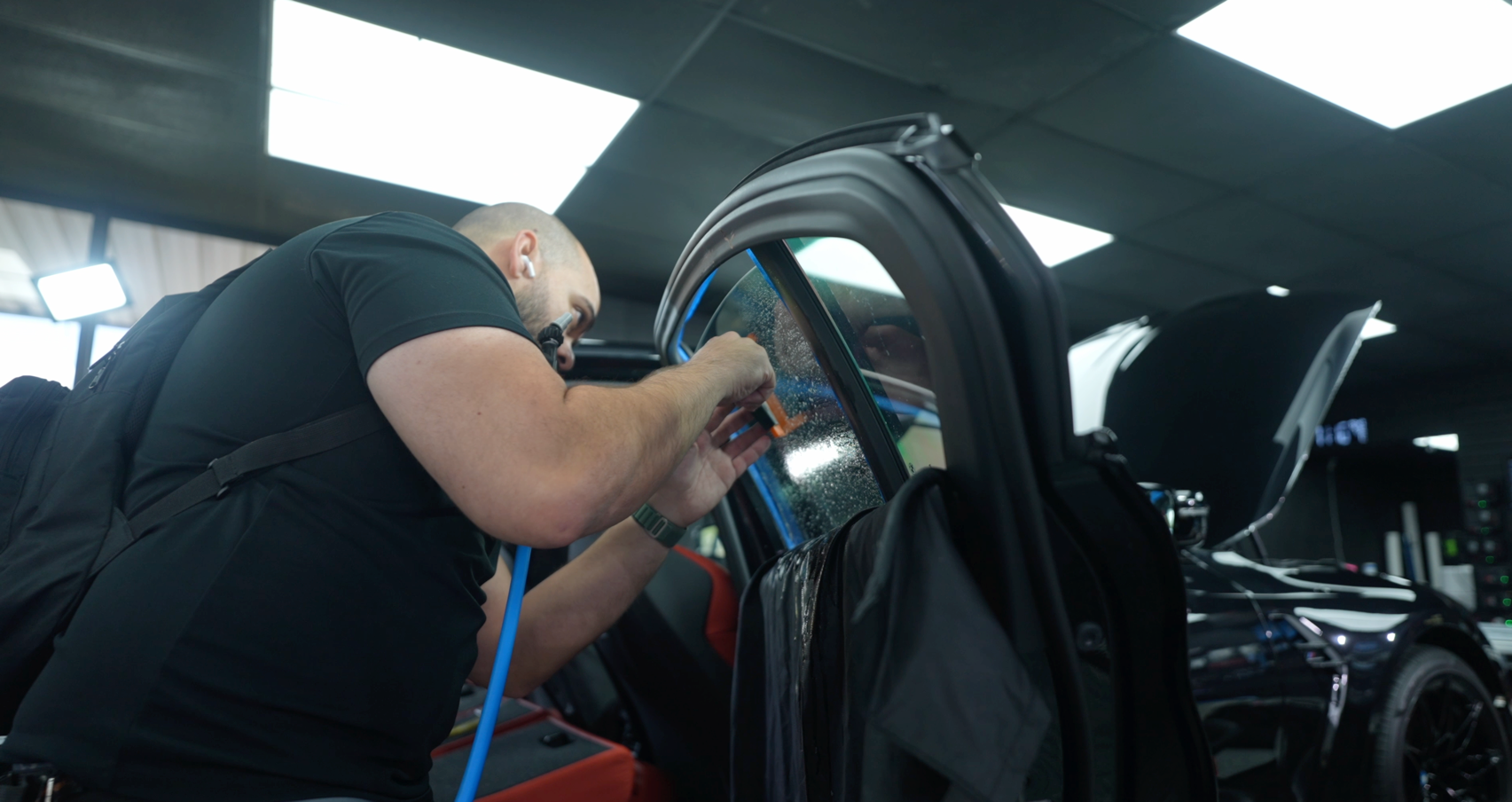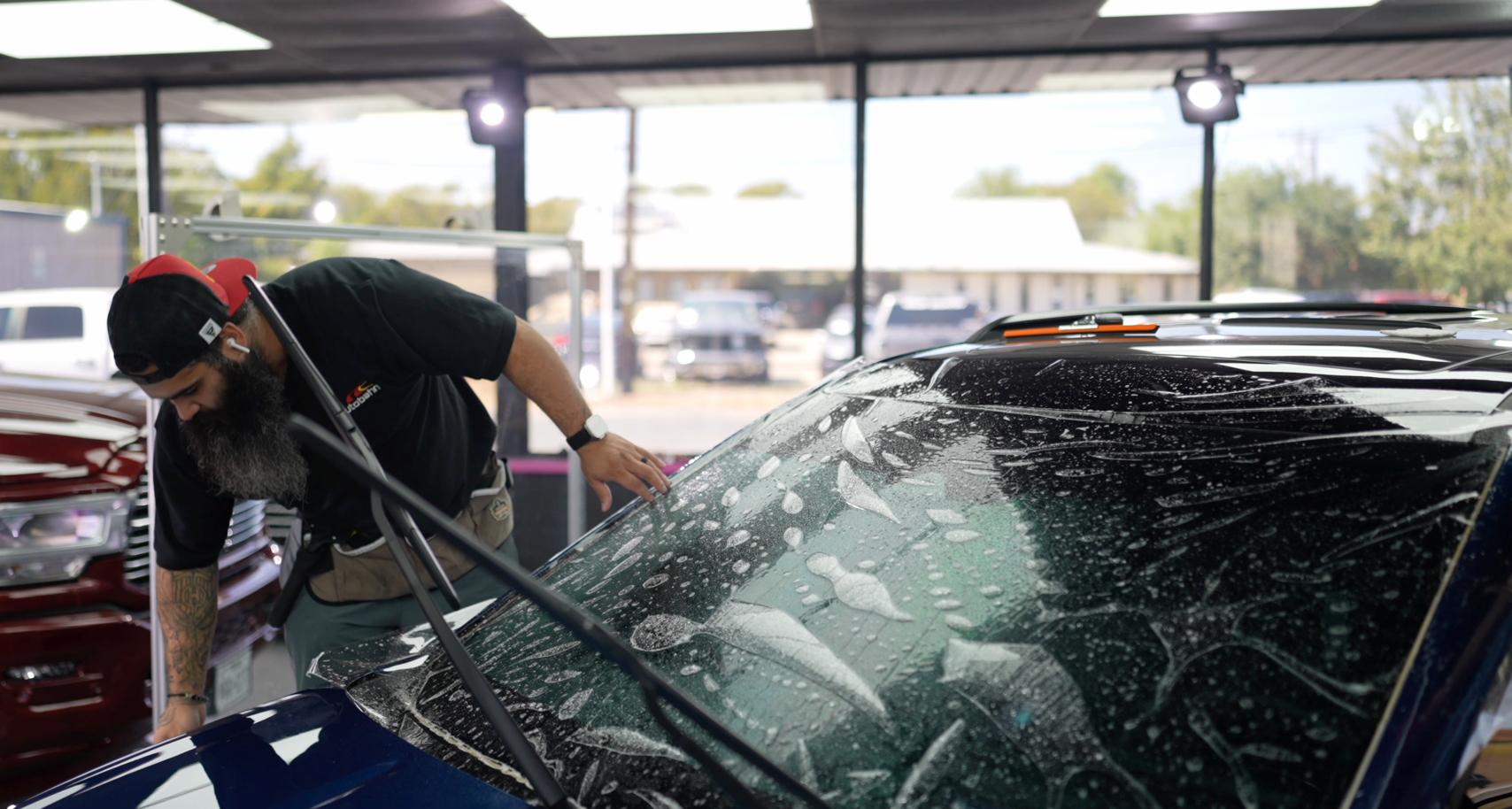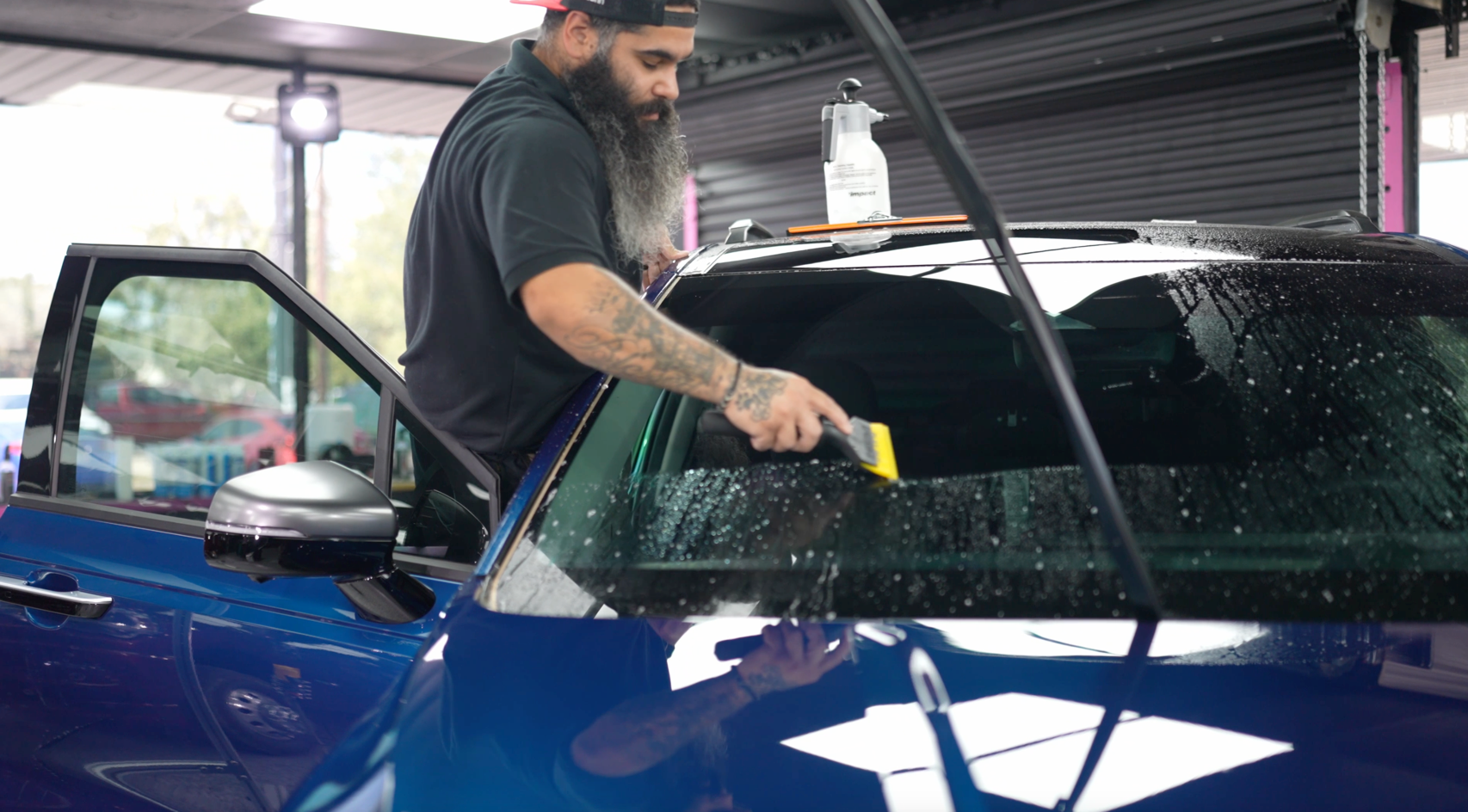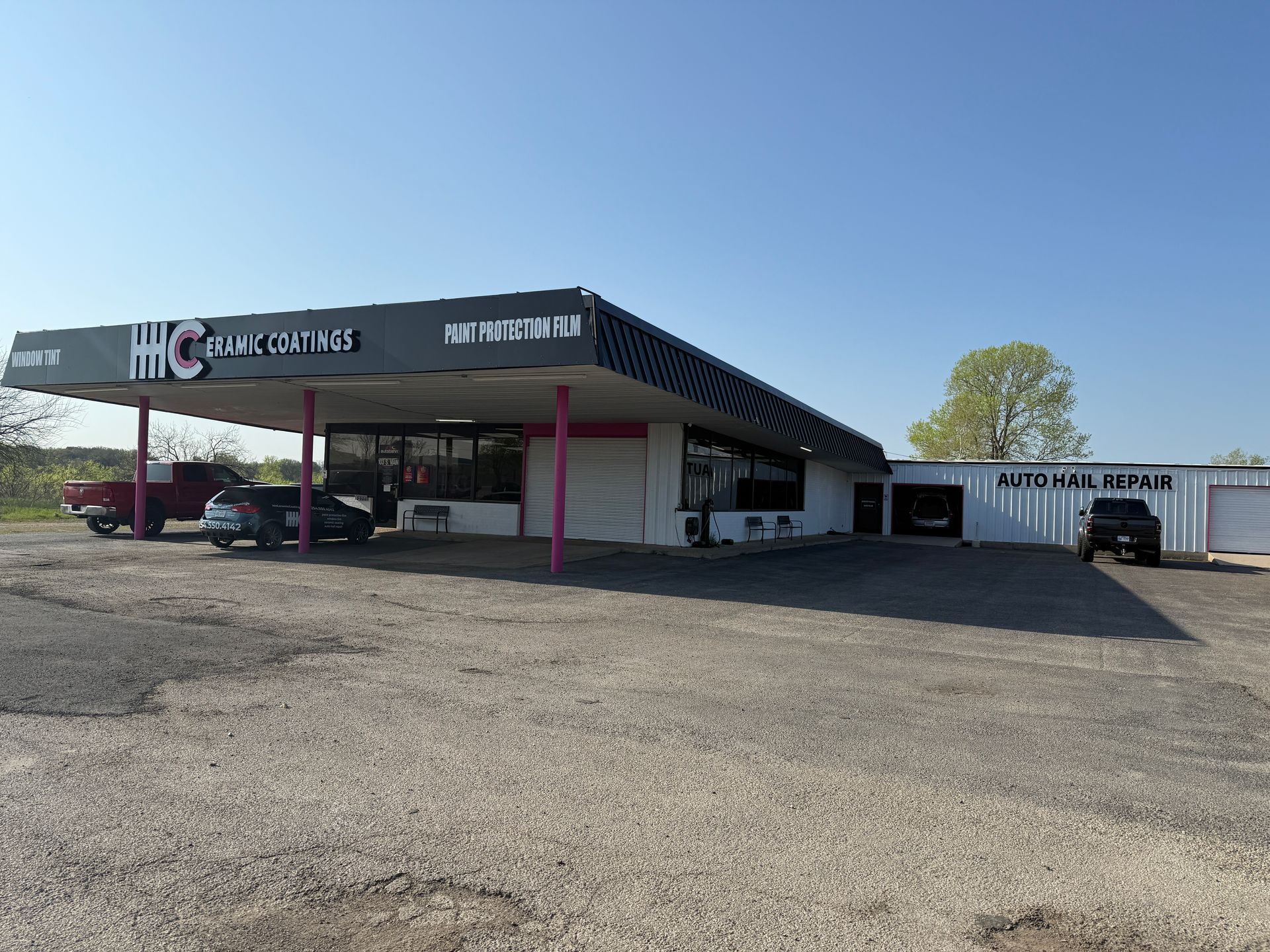CALL (254) 550-4142
When it comes to cars, we often focus on the engine, the paint job, or even those flashy rims. But have you ever considered how window tinting can upgrade your ride? It might seem like a small detail, but window tinting plays a big role in comfort, safety, and style. Not only does it keep the interior cooler during sweltering days, but it also shields passengers from harmful UV rays while providing an extra layer of privacy. If you've ever baked in your car like a potato on a hot day or squinted at the sun blaring through your windows, you’ll quickly see why many drivers are turning to window tint for relief.
Window tinting is the application of a thin, transparent film to vehicle windows to block light and heat, thereby enhancing privacy, security, and comfort for occupants. The process typically involves cleaning the windows, cutting the film to size, applying it using a solution to prevent bubbles, and then sealing the edges; the benefits include protection from harmful UV rays, improved privacy, temperature regulation, reduced glare while driving, and potentially increased resale value.
What is Window Tinting?
Window tinting refers to the process of applying a specialized film to the surfaces of vehicle windows. This thin, transparent film carries an array of practical advantages while enhancing the overall aesthetic appeal of the glass surface it adheres to. While many embark on this DIY journey with kits readily available in stores, it’s generally advisable to leave this job to professionals. Proper installation ensures durability, effectiveness, and a polished finish that you might not achieve on your own.
At its core, window tinting serves a straightforward purpose: it reduces the sunlight penetrating through the glass. In doing so, it effectively blocks harmful ultraviolet (UV) rays that can cause skin damage and fading of furniture or upholstery inside vehicles. Moreover, by reducing glare from the sun, tinted windows improve visibility and comfort for drivers. Think about those bright summer days: one moment you’re driving towards the sun, squinting at every signal and road sign; the next minute, with properly tinted windows, your view is clear and manageable.
A well-applied window tint can block up to 99% of damaging UV rays, greatly contributing to a healthier interior environment. However, the material composition of these films can vary widely. Some may be made from dyed polyester designed primarily for aesthetics, while others incorporate metal particles that serve as reflectors against heat. There are also high-performance options like carbon-based or ceramic films that offer superior heat resistance without compromising visibility. Each type has its strengths and weaknesses, making understanding these materials vital when deciding what suits your needs best.
Types of Window Tint Films
- Dyed Window Tint: First up is dyed window tint. This type involves applying a layer of dye between an adhesive film and a protective outer layer. The dyed film absorbs sunlight, helping reduce glare and increase privacy. It's popular due to its affordability; however, while it offers a solid starting point, it may not provide sufficient heat rejection compared to other options. Additionally, this type can fade over time, meaning you might need to consider replacing it every few years to maintain that fresh look.
- Metalized Window Tint: Moving on to metalized window tint, we explore a more robust option. This kind contains tiny metallic particles that reflect sunlight instead of absorbing it. This enhances durability and significantly reduces heat inside the vehicle—a game-changer during those sweltering summer days. However, because of these metallic particles, they can interfere with electronic signals, potentially impacting your GPS and radio reception.
- Carbon Window Tint: Next comes carbon window tint, which boasts impressive benefits. Made from carbon fiber particles, these tints excel at blocking both UV rays and heat while maintaining aesthetic appeal. What sets them apart is their resistance to fading over time, meaning they continue looking sharp longer than dyed films. Yet, it's essential to be prepared for the fact that these cost a bit more than dyed options—an investment in quality considering their long-term benefits.
- Ceramic Window Tint: Finally, we have the premium choice: ceramic window tint. Dubbed the most advanced option available, these tints utilize non-conductive ceramic particles that block substantial amounts of UV rays without compromising visibility or signal strength for devices like your phone and GPS. While they're undoubtedly effective—offering excellent heat rejection and visibility—initial costs can be quite high compared to the previous options.
How Window Tinting Works
The science behind window tinting is both intriguing and practical. At its core, the primary function of window tint films is to control the amount of light that pours into your vehicle, creating a more comfortable driving experience. By utilizing specific materials and techniques, these tints effectively filter sunlight, heat, and harmful UV rays, enhancing both comfort and safety.
Absorption and Reflection
Different types of films employ unique strategies to manage light. Dyed tints primarily absorb sunlight, soaking up light energy rather than allowing it to pass through into the car's interior. While this can help keep things cooler, dyed films are not as effective at blocking out heat as other options.
Metalized and ceramic tints work differently. Metalized tints contain tiny metallic particles that reflect sunlight away from the window, acting like a shield that bounces back a large portion of the sun’s rays before they reach your car’s interior. Ceramic films use advanced ceramic particles that neither absorb nor interfere with signal transmission for devices like GPS or cell phones—they block out unwanted heat and UV rays without drawbacks. Each type of film plays its part in harnessing light through either absorption or reflection, allowing you to customize your ride’s ambiance comfortably.
- UV Protection: An essential benefit that all window films provide is their ability to block harmful UV rays. This protects passengers' skin and prevents wear on your car’s upholstery—avoiding issues like cracking dashboards and faded seats.
- Heat Rejection: Reflective films effectively reduce heat buildup inside your vehicle. This minimizes reliance on air conditioning, ultimately leading to lower fuel consumption—a real plus during hot summer months!
Understanding these mechanisms highlights how window tinting functions while enriching our appreciation for its myriad benefits. Choosing the right type of tint hinges upon balance—strategically combining aesthetics with performance enhances both your vehicle's look and your driving comfort.
Key Benefits of Tinted Windows
Tinting your vehicle's windows offers much more than just a sleek, stylish appearance. It enhances comfort, boosts safety, and even adds value to your car. From protecting your skin to improving your vehicle's longevity, the benefits of window tinting make it a worthwhile investment for any driver. Below, we outline the key advantages of window tinting, explaining how it goes beyond aesthetics to improve your overall driving experience.
- UV Protection for Your Skin and Interior: Window tinting is a powerful shield against harmful ultraviolet rays, blocking up to 99% of UV exposure, according to the Skin Cancer Foundation. This minimizes your risk of skin damage and prevents harmful effects on your car’s interior materials, such as fading and cracking. By investing in tinting, you're protecting both yourself and the longevity of your vehicle's interior.
- Enhanced Privacy and Security: Tinted windows provide an extra layer of privacy, making it harder for onlookers to see inside your vehicle. This deters potential thieves by obscuring valuables like laptops or bags from view. The added discretion not only offers peace of mind but also serves as a deterrent for opportunistic crime.
- Improved Temperature Regulation: Window tinting plays a crucial role in maintaining a cooler interior, especially during hot summer months. Studies show that it can reduce interior temperatures by up to 60%, making your car more comfortable while reducing reliance on air conditioning. This not only improves your driving comfort but can also enhance fuel efficiency.
- Prevention of Interior Fading and Damage: Direct sunlight can cause significant wear and tear on your vehicle’s interior over time, leading to discoloration, fading, and cracking. Tinted windows act as a protective barrier, preserving the aesthetic appeal and condition of your upholstery and dashboard. This ensures that your vehicle remains fresh and inviting, extending its lifespan and resale value.
While the benefits of window tinting are substantial, it's important to stay informed about legal regulations regarding tint levels in your area. Ensuring compliance with local laws avoids potential fines and guarantees that your vehicle is both functional and legally sound. A professional installer can guide you through these considerations to help you make the best choice for your car.
Legal Guidelines for Tinting
Laws regarding window tinting can be diverse and varied across the country. Every state has its own set of rules that dictate how dark or light your window tints can be, impacting everything from visibility to heat reduction in your vehicle. Generally, these laws focus on the percentage of visible light transmission (VLT) allowed, which signifies how much natural light can pass through your tinted windows. A lower VLT percentage means a darker tint. It's important to familiarize yourself with these regulations before applying any tint, especially since failing to comply can lead to fines or even the necessity of removing non-compliant film from your vehicle.
Interestingly enough, some states provide specific guidelines for different windows. For example, in Texas, there are specific regulations that must be followed. The state has set limits on the darkness and reflectiveness of tint film products, which vary depending on the type of vehicle and the window being tinted. For small vehicles, such as sedans, the front side windows must allow more than 25% of light in, while the back side windows and rear window can be any darkness level. For larger vehicles, like SUVs and vans, the front side windows must also allow more than 25% of light in, but the rear windows and back side windows can be any darkness.
So how do you navigate these often complicated laws? The best rule of thumb is to do your homework. There are plenty of resources online that specifically outline each state’s regulations concerning window tinting. Many automotive specialists are well-versed in local laws and can provide insight on what options will keep you compliant and safe. Always check your local laws before applying window tint by visiting your state's Department of Motor Vehicles (DMV) website or consulting with professionals known for their tint work. Maintaining compliance not only prevents fines but also assures a significantly safer driving experience.
Selecting the Best Tint for You
Choosing the right window tint involves considering not just aesthetics but also practical benefits that align with your lifestyle. Think about whether you’re in a significantly sunny area where reducing heat is essential, or perhaps you're looking for enhanced privacy when parked in public spaces. This careful consideration is crucial, as it will guide you toward the best window tinting solution for your vehicle.
- Assess Your Needs: The first step in selecting the appropriate tint is to clearly define your goals. If privacy is high on your priority list, consider opting for darker tints that dissuade prying eyes from glancing inside your vehicle. On the other hand, if you're mainly concerned about keeping the interior cool during sweltering summer days and protecting against UV rays, ceramic or metalized tints may be your best choices. Ceramic film offers remarkable performance in blocking infrared rays without compromising visibility, while metalized films effectively reflect sunlight but can affect radio signals. Understanding these nuances enables you to find the perfect fit for your needs.
- Budget Constraints: When it comes to budgeting, it's important to realistically evaluate what you’re willing to invest. Dyed tints are generally more affordable upfront and can be a great option if cost is a significant concern. However, keep in mind that they might not provide the same level of performance or longevity as other options like ceramic tints, which typically last longer and offer superior heat rejection and UV protection. Investing more initially could save you money down the line by extending the lifespan of your car’s interior and reducing energy costs associated with cooling your car.
- Professional vs. DIY: So, should you take on this task yourself or hire a professional? While DIY kits are available on the market, they often come with challenges—think bubbles, dust particles under the film, and misalignment issues that can frustrate even seasoned DIY enthusiasts. Professional installation may seem pricier at first glance; however, it ensures a superior finish without imperfections, and professionals usually guarantee their work. Additionally, they have experience working with various car models, which results in a cleaner, more precise application of the tint.
By weighing these factors carefully—from assessing personal needs and controlling costs to deciding on installation—you position yourself to make an informed decision that perfectly aligns with both your lifestyle and legal guidelines regarding window tinting. Taking these considerations into account will help ensure that you choose the best window tint for your specific needs and preferences so you can enjoy the full range of benefits that come with it.
Experience Cooler Drives with Premium Window Tinting
Enhance your comfort and style with Harker Heights Ceramic Coatings’ expert window tinting services in Harker Heights, TX. Our high-performance window films block harmful UV rays, reduce interior heat, and add a sleek, polished look to your vehicle. Whether you’re aiming for improved privacy or protecting your car’s interior, our team ensures precision installation for flawless results. Don’t let the Texas sun take a toll—contact us today to book your window tinting appointment and enjoy cooler, safer, and more stylish drives! Call us at (254) 550-4142 to get started!

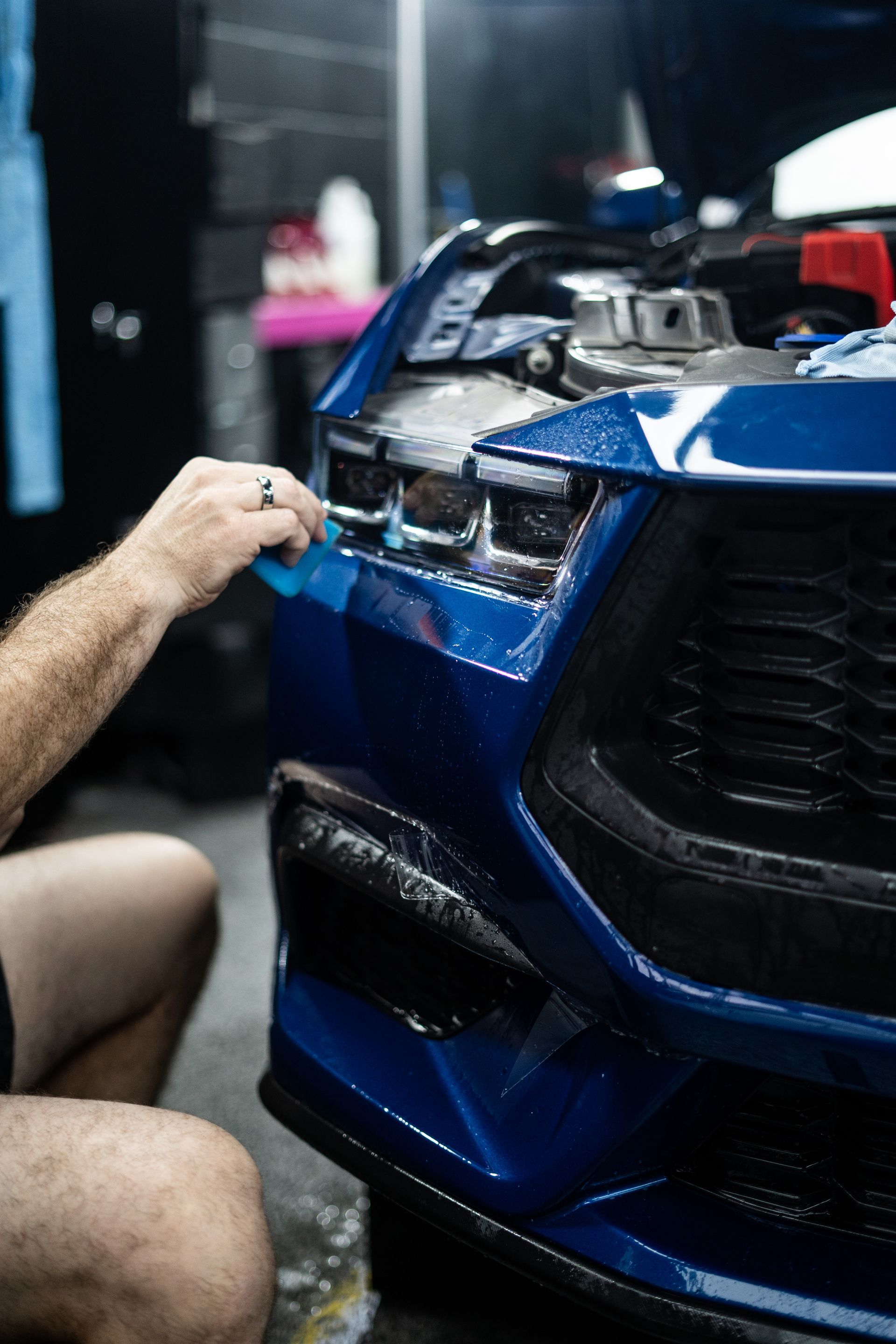
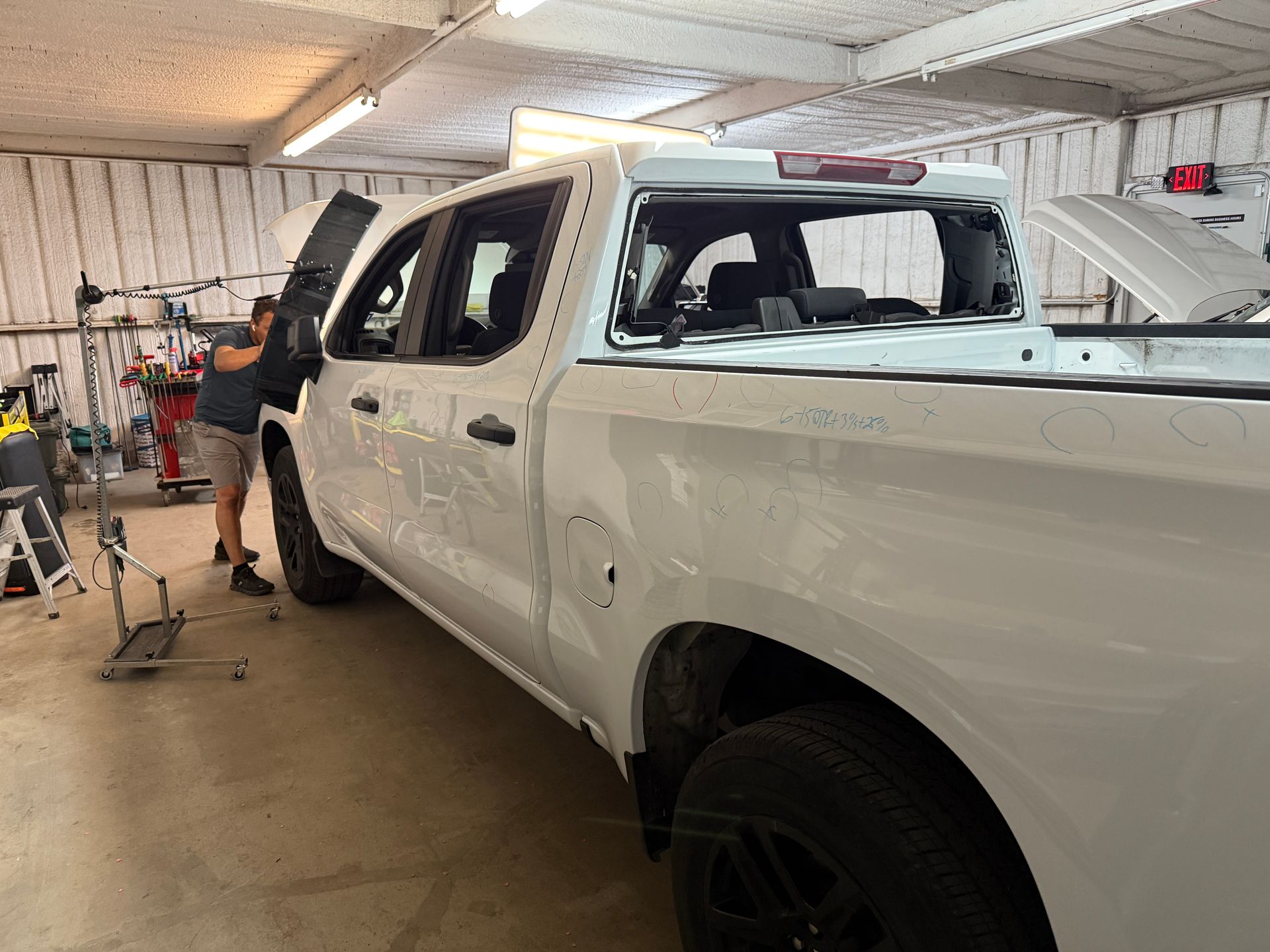
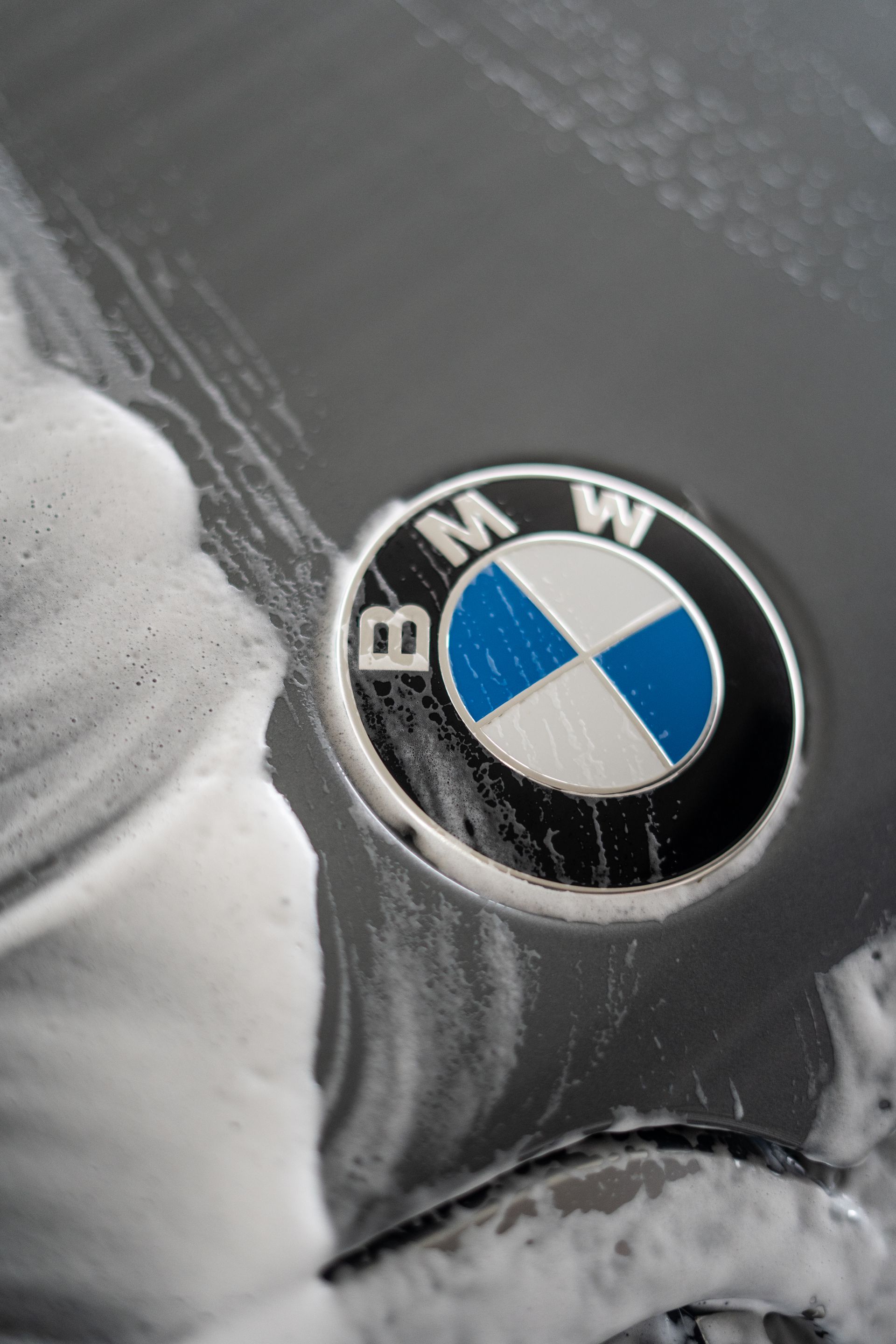
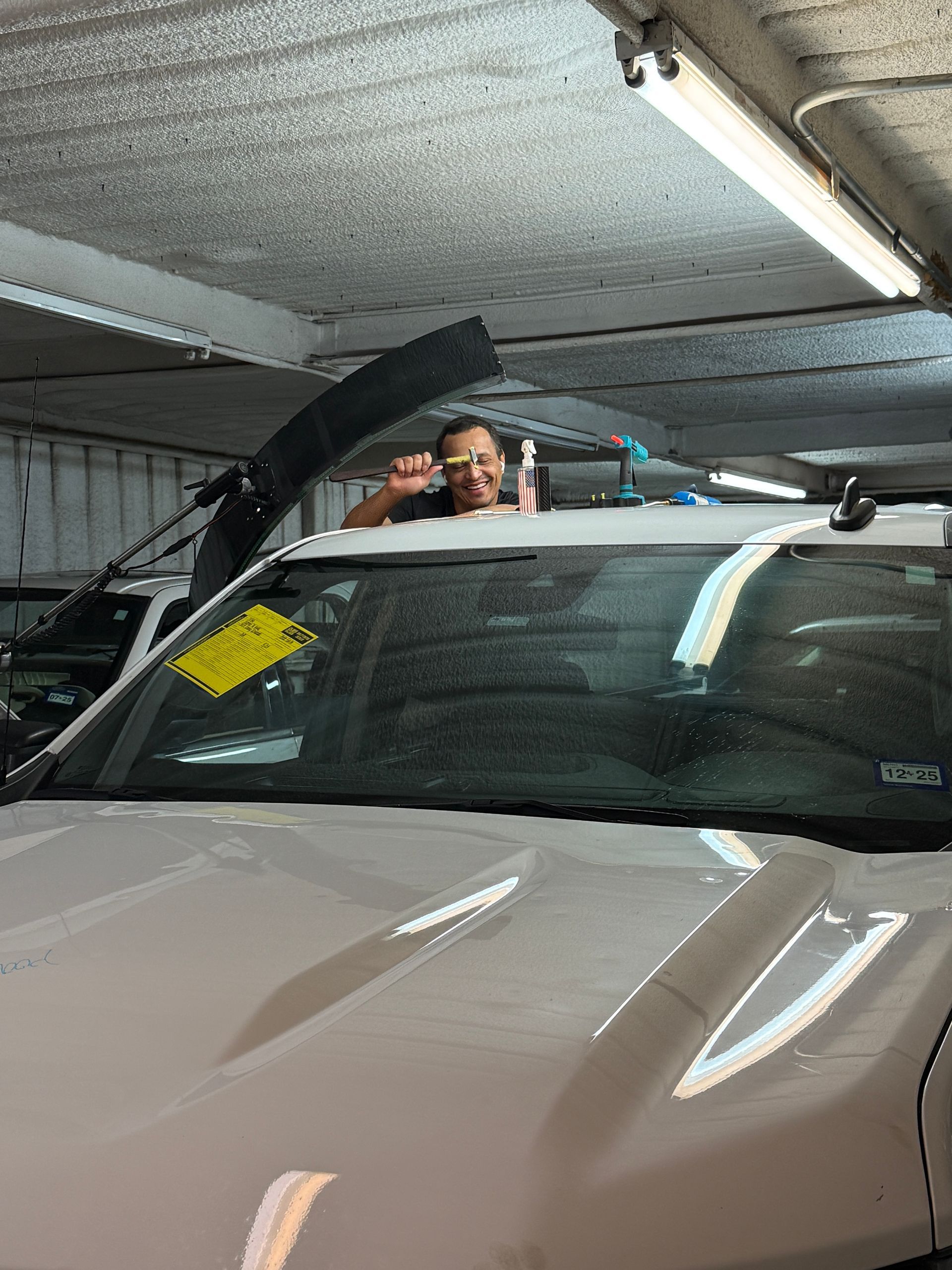

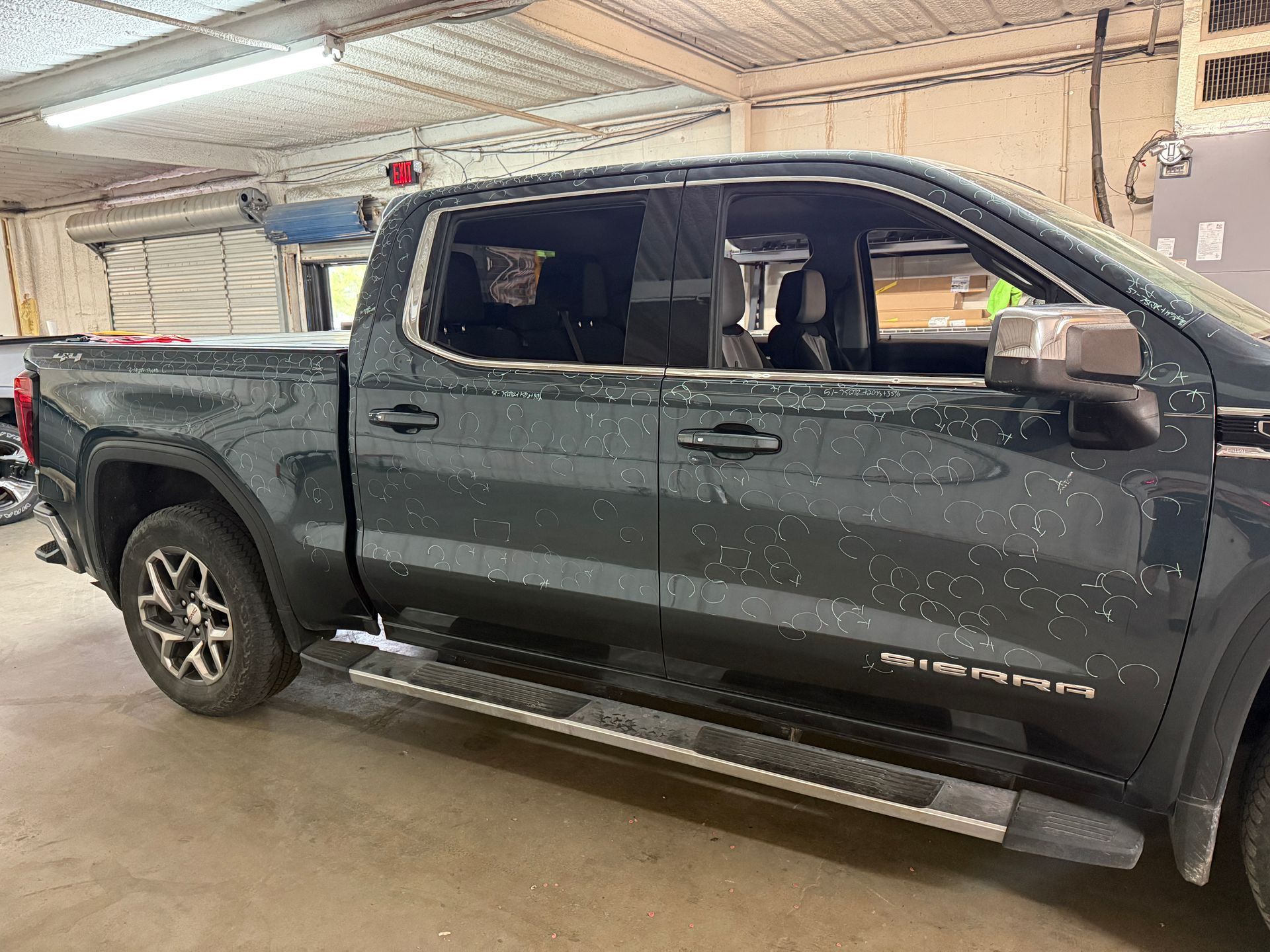
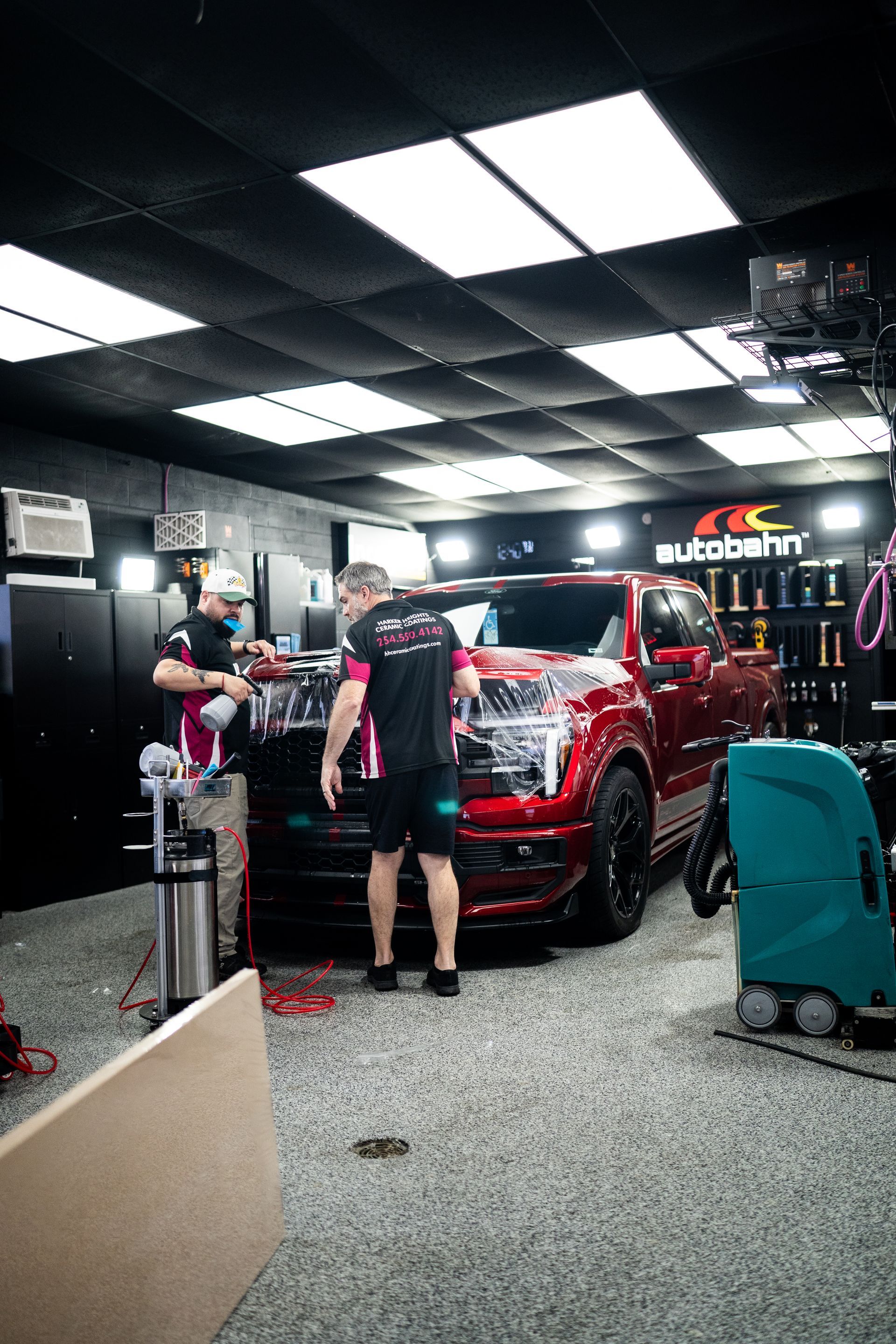
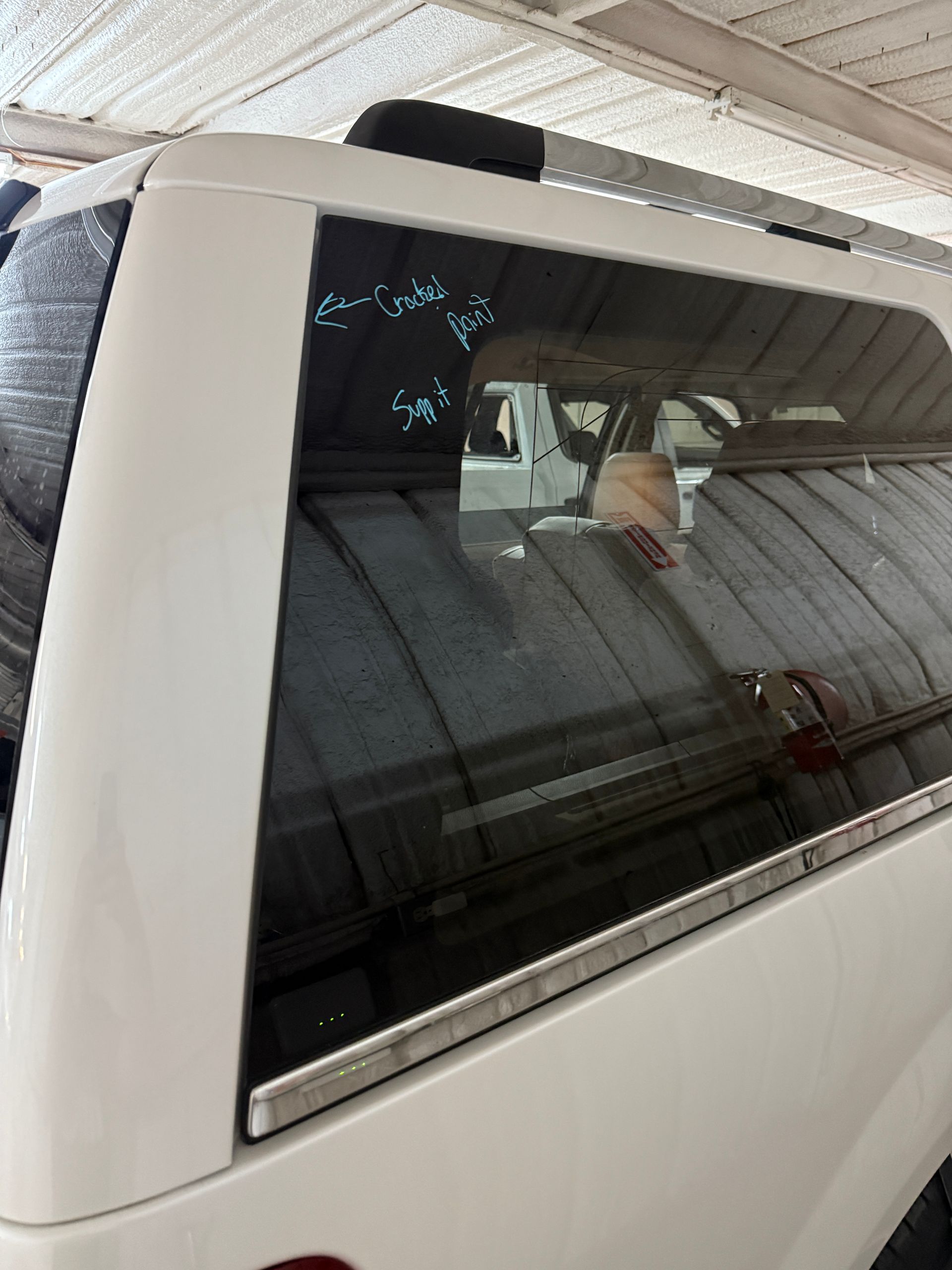
Harker Heights Ceramic Coatings began in 2021 with the goal of providing central Texas with premium vehicle detailing. Every service ensures long-lasting paint enhancement and renewed vehicle value. I believe in open communication and creating a lasting relationship with my clients by providing high-quality services that are tailor-made for your unique vehicle. Through the art of applying professional-grade ceramic coatings, a self-healing clear bra, performing paint correction, and my full-vehicle detailing services, every customer will receive top-tier protection with a showroom-worthy finish.
CALL (254) 550-4142
Get a Quote
service locations
Hours of operation
- Mon - Sun
- -
Harker Heights Ceramic Coatings is open seven days per week!
Contact Info
103 S Main St, Nolanville, TX 76559, United States of America
Follow Us
Harker Heights Ceramic Coatings Designed by the team at Detailers Roadmap, a platform developed for detailing operators across the globe.
All Rights Reserved | 8bitcreative, LLC | Harker Heights Ceramic Coatings

